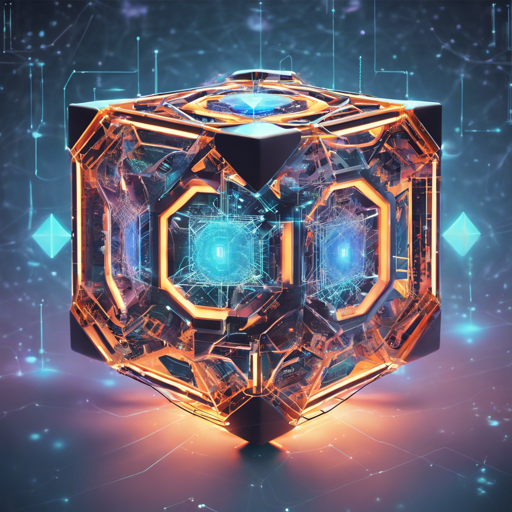Welcome to the fascinating world of Holocrons, powerful deep learning tools designed to enhance your computer vision projects. Inspired by the legendary data storage devices from the Star Wars universe, Holocrons contain invaluable insights and techniques that can boost your AI solutions. In this guide, we’ll walk you through the process of starting with Holocrons, from installation to inference.
Getting Started with Holocrons
To dive into Holocrons, you first need to set the stage for success by installing the necessary packages.
Installation Steps
- Prerequisites: Ensure you have Python 3.8 (or higher) and a package manager like pip or conda installed.
- Stable Release: To install the latest stable release of the Holocron package, run:
pip install pylocrongit clone https://github.com/frgfm/Holocron.git
pip install -e HolocronUsing Holocrons for Image Classification
Once installed, using Holocrons for your image classification tasks is easy and intuitive. Here’s a breakdown of how you can leverage the Holocron library:
Example Code Explained
The following code snippet demonstrates how to load a model, process an image, and perform inference:
from PIL import Image
from torchvision.transforms import Compose, ConvertImageDtype, Normalize, PILToTensor, Resize
from holocron.models.classification import repvgg_a0
# Load the model
model = repvgg_a0(pretrained=True).eval()
# Read your image
img = Image.open(path_to_an_image).convert('RGB')
# Preprocessing
config = model.default_cfg
transform = Compose([
Resize(config['input_shape'][1:], interpolation=InterpolationMode.BILINEAR),
PILToTensor(),
ConvertImageDtype(torch.float32),
Normalize(config['mean'], config['std'])
])
input_tensor = transform(img).unsqueeze(0)
# Inference
with torch.inference_mode():
output = model(input_tensor)
print(config['classes'][output.squeeze(0).argmax().item()], output.squeeze(0).softmax(dim=0).max())Think of the above code as a chef in a kitchen:
- **Loading the Model** is like gathering your ingredients ready to whip up your special recipe.
- **Reading the Image** is akin to picking the best fresh produce from the market.
- **Preprocessing** is similar to preparing those ingredients by cleaning, cutting, and arranging them.
- Finally, **Inference** is where you cook up your dish and serve it—hopefully, to applause!
Troubleshooting
If you encounter any issues while using Holocrons, here are some useful troubleshooting tips:
- Ensure that you have installed all prerequisites, especially the correct version of Python.
- Double-check your paths in the code to ensure that the image file exists.
- If you’re experiencing performance issues, verify that your model choice is appropriate for your hardware setup.
For more insights, updates, or to collaborate on AI development projects, stay connected with fxis.ai.
Conclusion
With Holocrons, you unlock a wealth of deep learning resources specifically tailored for computer vision tasks. The combination of flexibility and powerful model implementations makes it a go-to for developers working within the PyTorch ecosystem. We at fxis.ai believe that advancements like these play a crucial role in shaping the future of AI and enhancing our technological capabilities.
Our team is continually exploring new methodologies to push the envelope in artificial intelligence, ensuring that our clients benefit from the latest technological innovations.

